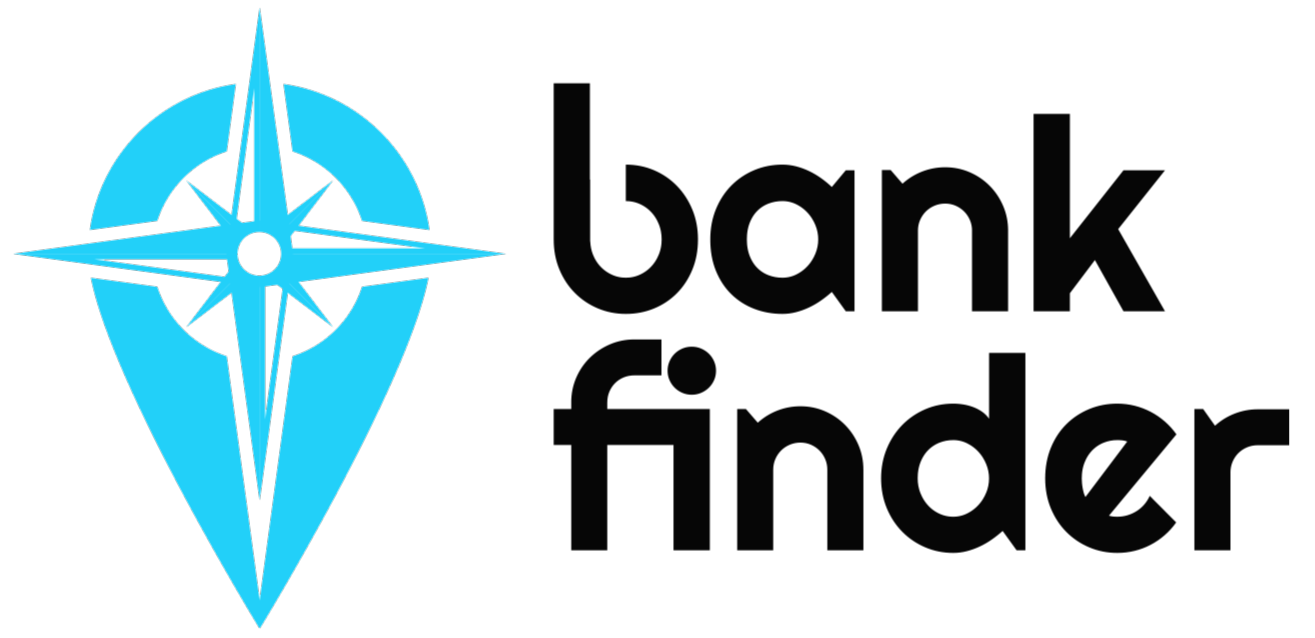Current Bank Interest Rates
Compare the latest interest rates for savings accounts, CDs, money market accounts, and loans. Find the best rates to maximize your earnings and minimize borrowing costs.
| Product Type | Current Rate | Typical Provider | Minimum | Trend |
|---|---|---|---|---|
| High-Yield Savings | 4.50% | Online Banks | $0 | ↗ Rising |
| Traditional Savings | 0.45% | Major Banks | $100 | → Stable |
| 12-Month CD | 5.25% | Credit Unions | $500 | ↗ Rising |
| 5-Year CD | 4.75% | Online Banks | $1,000 | ↘ Falling |
| Money Market | 4.25% | Online Banks | $2,500 | ↗ Rising |
| 30-Year Mortgage | 7.25% | National Average | Varies | → Stable |
Rates shown are representative examples and may vary by institution. Always verify current rates directly with financial institutions.
What Affects Interest Rates?
The Fed's interest rate decisions directly impact bank rates across all products.
Inflation, employment, and economic growth influence interest rate trends.
Competition between banks drives rates higher to attract deposits.
Supply and demand for loans and deposits affect rate offerings.
Compare APY, Not Just Rates
APY includes compounding and shows your actual return
Consider Online Banks
Often offer significantly higher rates than traditional banks
Check Credit Unions
Member-owned institutions often provide competitive rates
Read the Fine Print
Understand minimum balances, fees, and rate tiers
Monitor Rate Changes
Rates can change frequently, especially for variable products
Consider Rate Guarantees
Some banks offer introductory rate guarantees for new customers
High-Yield Savings Accounts
Offer significantly higher rates than traditional savings, typically from online banks. Rates are variable and can change with market conditions.
Certificates of Deposit (CDs)
Fixed rates for a specific term (3 months to 5+ years). Higher rates for longer terms, but funds are locked up until maturity.
Money Market Accounts
Combine features of savings and checking accounts. Often have tiered rates based on balance and may include check-writing privileges.
Frequently Asked Questions
Bank interest rates are influenced by Federal Reserve policy, economic conditions, inflation, bank competition, and market demand for loans and deposits. The Fed's federal funds rate serves as a benchmark for most other interest rates.
Online banks typically offer higher rates because they have lower overhead costs without physical branches. They pass these savings to customers through better rates and lower fees.
Interest rates can change frequently, sometimes daily for variable rates. Fixed rates on CDs and loans remain constant for the term, while savings and money market rates can fluctuate with market conditions.
APY (Annual Percentage Yield) includes compound interest and gives you the actual return you'll earn. The interest rate is the base rate before compounding. APY is always higher than or equal to the interest rate.
Consider locking in CD rates when you expect interest rates to fall or when you find a rate significantly higher than current savings rates. Compare the CD rate to high-yield savings to ensure it's worth the commitment.
Stay Updated on Interest Rates
Get real-time rate comparisons and alerts when better rates become available with Bank Finder.
